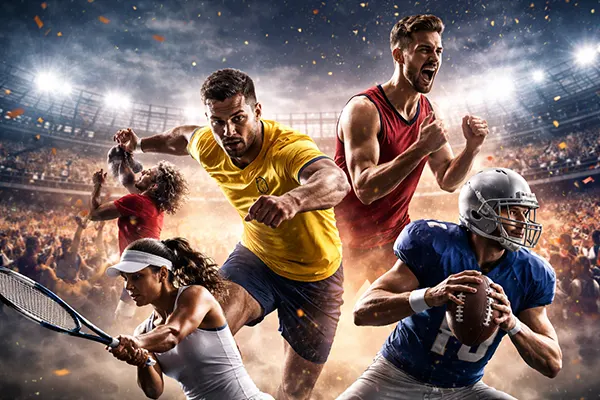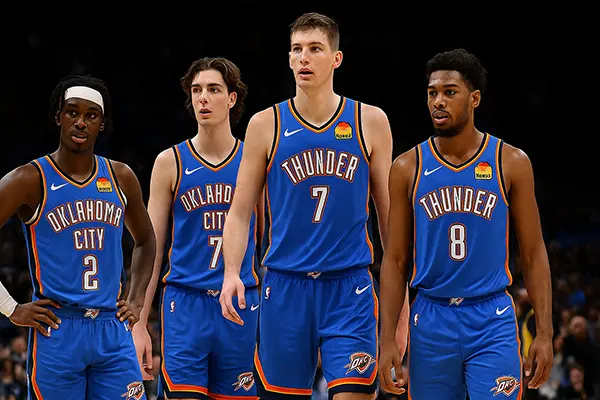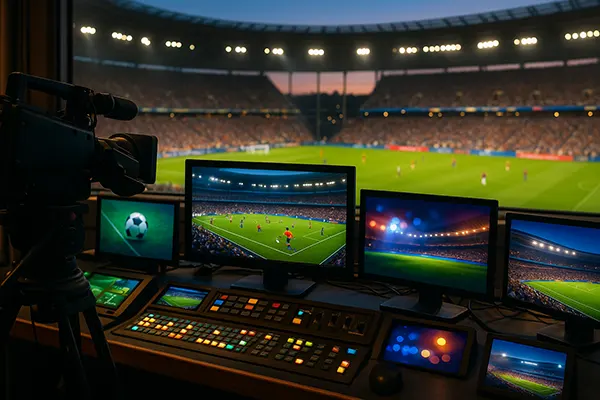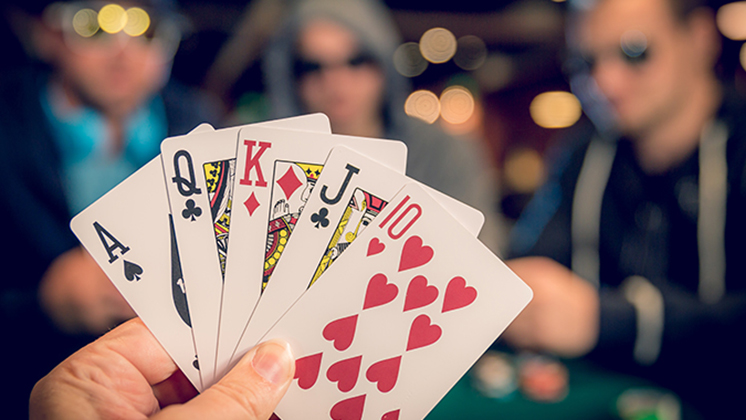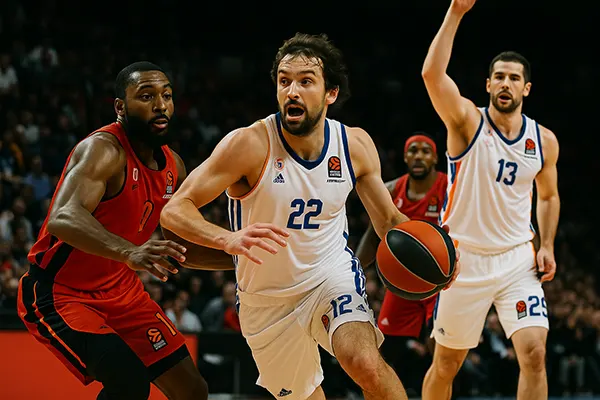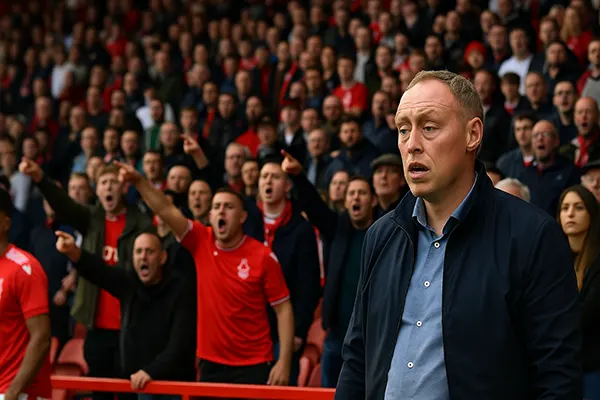NBA Stars’ Night Routine: What LeBron, Jokic, or Wembanyama Wear to Recover
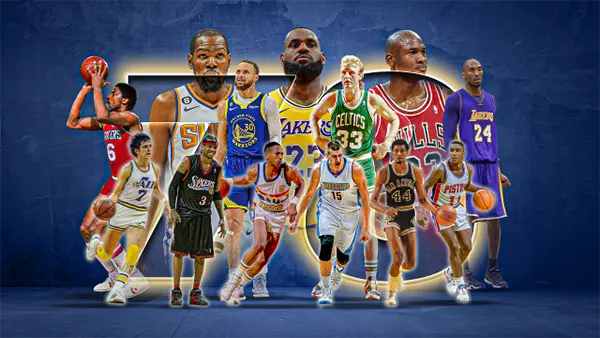
Professional athletes are known for pushing their bodies to the limit—and NBA stars are no exception. But peak performance isn’t only achieved on the court; it’s equally about how these athletes recover when the spotlight dims. In recent years, NBA players like LeBron James, Nikola Jokić, and Victor Wembanyama have embraced high-tech night-time routines using devices specifically engineered to optimise sleep and boost recovery. Let’s delve into what these elite players rely on during their most crucial hours of rest.
Smart Wearables and Sleep Technology
Wearable technology has revolutionised how NBA players monitor and enhance their recovery. The Oura Ring, a sleek, titanium sleep-tracking ring, is a popular tool used by many athletes, including LeBron James. This device tracks heart rate variability (HRV), temperature, sleep stages, and blood oxygen levels. In 2024, Oura integrated AI-driven recommendations tailored for high-performance individuals, offering even more personalised insights based on long-term health trends.
Victor Wembanyama, known for his meticulous approach to performance, reportedly uses the Apollo Neuro device. This wearable delivers low-frequency vibrations to the nervous system, promoting relaxation and faster recovery. Apollo Neuro’s effect has been scientifically backed, with studies showing a 40% improvement in heart rate variability and significant reductions in cortisol levels among athletes.
Nikola Jokić has taken a more holistic route, integrating sleep masks with neurostimulation. These masks, such as the Cove Sleep Mask, use gentle microcurrent pulses to encourage deep delta-wave sleep. While it may sound futuristic, these masks are supported by peer-reviewed research highlighting improvements in sleep depth, duration, and subjective restfulness.
The Science Behind Their Recovery
Each of these technologies focuses on enhancing parasympathetic nervous system activity, crucial for physical restoration. The Oura Ring’s precision in detecting sleep cycles allows athletes to avoid overtraining and adjust their routines based on daily recovery metrics. For example, if the ring notes poor REM sleep, the athlete may reduce training intensity the next day.
The Apollo Neuro device works by stimulating the vagus nerve, a key player in managing stress responses. By calming the sympathetic system (fight-or-flight), it facilitates better rest and healing, proven especially effective in back-to-back game schedules common in the NBA season.
Neurostimulating masks, meanwhile, target prefrontal cortex activity. By synchronising neural oscillations, they help regulate melatonin production and stabilise circadian rhythms. Jokić, who reportedly logs over 9 hours of sleep during game-heavy weeks, credits his restorative quality of sleep to these smart tools.
Quotes and Personal Experiences from the Court
LeBron James, in a 2024 interview with GQ, emphasised the importance of data-backed rest. “The Oura Ring tells me everything I need to know before I even get out of bed. It’s not about how long you sleep—it’s about how well you recover,” he stated. His approach has helped him maintain elite conditioning even into his 40s.
Wembanyama, speaking to the French outlet L’Équipe, explained, “Recovery is my hidden training. I wear Apollo every night—it calms my body and prepares me for the next war on the court.” His emphasis on mental composure and sleep hygiene marks a shift among the new generation of players who value wellness as highly as weight training.
Nikola Jokić, in a rare candid moment during the 2025 NBA All-Star Weekend, commented, “Sleep is my therapy. Without deep sleep, I can’t move the way I need to. I don’t just sleep more—I sleep smarter now.” His use of non-invasive neuromodulation has reportedly reduced his injury downtime since adopting the practice.
Why Elite Athletes Trust These Tools
These NBA stars are not just chasing better sleep—they’re investing in longevity. With gruelling travel schedules, inconsistent bedtimes, and physical tolls from games, the body’s recovery process becomes fragile. The tools they use are backed by robust scientific studies and continuous clinical trials, ensuring their effectiveness isn’t merely anecdotal.
Moreover, these gadgets aren’t replacements for sleep—they’re enhancers. Athletes still require foundational habits such as consistent bedtime routines, controlled lighting environments, and minimised screen time. The devices add a layer of biofeedback that empowers them to understand and control their physical state.
In 2025, the integration of wearable tech with mobile sleep labs has become a standard among elite NBA teams. The combination of sleep science and cutting-edge technology is no longer a luxury—it’s a necessity in today’s performance-driven sports culture.
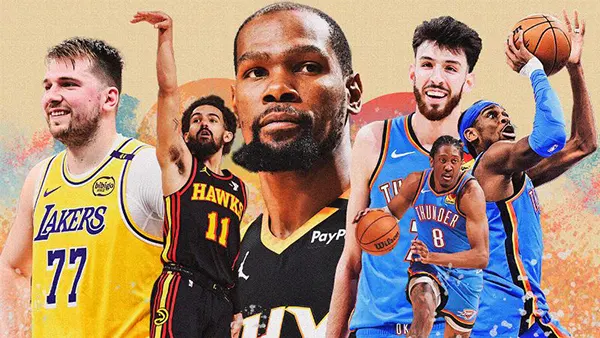
Future of Sleep Tech in the NBA
Looking ahead, recovery devices are expected to become even more immersive and AI-driven. Developers are exploring closed-loop systems that automatically adjust bedroom temperature and noise levels in response to real-time sleep stage data. This customisation, trialled by several NBA franchises, may soon become a league standard.
NBA franchises like the Miami Heat and Golden State Warriors are investing in research partnerships with sleep institutes to create team-wide recovery protocols. The move toward centralised recovery data management aims to reduce injury risks and extend player career spans.
By 2025, most NBA rookies are introduced to sleep tech during their draft orientation. It marks a cultural shift—rest is no longer passive downtime but a strategic advantage. As the line between tech and physiology blurs, sleep becomes a calculated part of performance metrics.
Implications for Everyday People
While the gadgets may seem elite, the underlying principles are accessible to everyone. Prioritising consistent sleep, minimising stimulants, and investing in basic sleep trackers can make a meaningful difference in daily life. Tools like Oura and Apollo now offer models for general users, promoting better rest for workers, students, and weekend warriors alike.
Medical professionals support these advancements, noting that better sleep leads to improved immunity, reduced anxiety, and enhanced mental clarity. NBA players simply set the standard—it’s up to individuals to follow it with tools within their means.
The success stories of LeBron, Jokić, and Wembanyama reinforce the message: recovery isn’t a luxury—it’s a core strategy. And with access to new tech, everyone can upgrade their routine and feel the difference.

